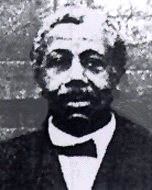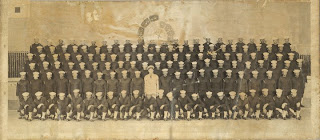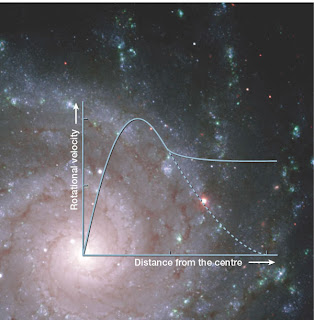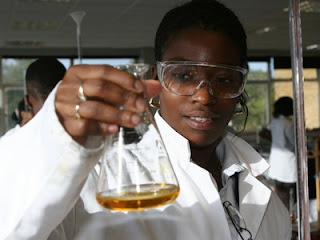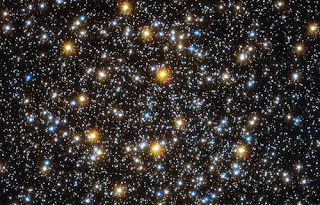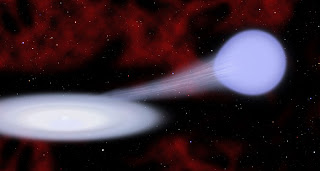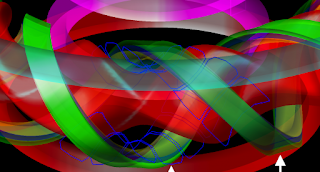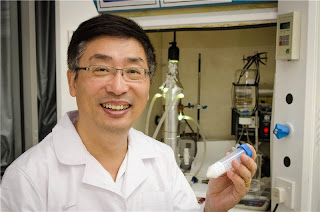Image Credit: Biography.com
...on this day in 1947, Jackie Robinson integrated sports by playing for the Brooklyn Dodgers. Every major league player is wearing number 42 on their Jersey.
Take that, Pop! I remembered (and I am in New York). I passed the Jackie Robinson expressway on my way north...
"Jack Roosevelt Robinson was born in Cairo, Georgia in 1919 to a family of sharecroppers. His mother, Mallie Robinson, single-handedly raised Jackie and her four other children. They were the only black family on their block, and the prejudice they encountered only strengthened their bond. From this humble beginning would grow the first baseball player to break Major League Baseball's color barrier that segregated the sport for more than 50 years.
"In 1945, Jackie played one season in the Negro Baseball League, traveling all over the Midwest with the Kansas City Monarchs. But greater challenges and achievements were in store for him. In 1947, Brooklyn Dodgers president Branch Rickey approached Jackie about joining the Brooklyn Dodgers. The Major Leagues had not had an African-American player since 1889, when baseball became segregated. When Jackie first donned a Brooklyn Dodger uniform, he pioneered the integration of professional athletics in America. By breaking the color barrier in baseball, the nation's preeminent sport, he courageously challenged the deeply rooted custom of racial segregation in both the North and the South."
"As the youngest and only son of four children, Edward Alexander Bouchet was born to William and Susan (Cooley) Bouchet in New Haven on September 15, 1852. During the 1850s and 1860s New Haven had only three schools that black children could attend. Edward was enrolled in the Artisan Street Colored School, a small (only thirty seats), ungraded school with one teacher, Sarah Wilson, who played a crucial role in nurturing Bouchet's academic abilities and his desire to learn. He attended the New Haven High School (1866-1868).
"In 1868 Bouchet was accepted into Hopkins Grammar School, a private institution that prepared young men for the classical and scientific departments at Yale College. He graduated first in his class at Hopkins. Edward (along with A. Heaton Robinson) entered Yale College in 1870. Four years later when he he was the first Black to be graduated from Yale in 1874, he ranked sixth in a class of 124. On the basis of this exceptional performance, Bouchet became the first black in the nation to be nominated to Phi Beta Kappa, but he was not elected at that time. [NOTE: George Washington Henderson was elected to Phi Beta Kappa in 1877 at the University of Vermont as the first, Bouchet was not elected until 1884]
"In the fall of 1874 he returned to Yale with the encouragement and financial support of Alfred Cope, a Philadelphia philanthropist. In 1876 Bouchet successfully completed his dissertation on the new subject of geometrical optics, becoming the first black person to earn a Ph.D. from an American university as well as the sixth American of any race to earn a Ph.D. in physics."
I celebrate achievement that breaks down barriers, and serves as examples for other groups to break through theirs. I am indebted by the brave examples of Jackie Robinson, Edward Alexander Bouchet and Robert Harrison Goodwin (Pop).
Link:
My father's US Naval Squadron, October 15, 1943. He was trained in armaments (Naval guns), and was a cook. His background was similar to Doris Miller, who fired back at Japanese Kamikaze pilots in the attack on Pearl Harbor (an auditorium is named for Miller in East Austin, TX). At the time the armed services was segregated; many soldiers and sailors of color were not allowed to fight for their country. He also boxed for the US Navy. He was my first martial arts instructor. He's kneeling on the front row, left end. He made sure I knew how to find him before he passed. With a 6th grade education (he stopped to work for his mother), he passed a college entrance exam after the Navy, but opted not to go to college. He always called me "a thinker," and inspired me to think about physics. ;-)

